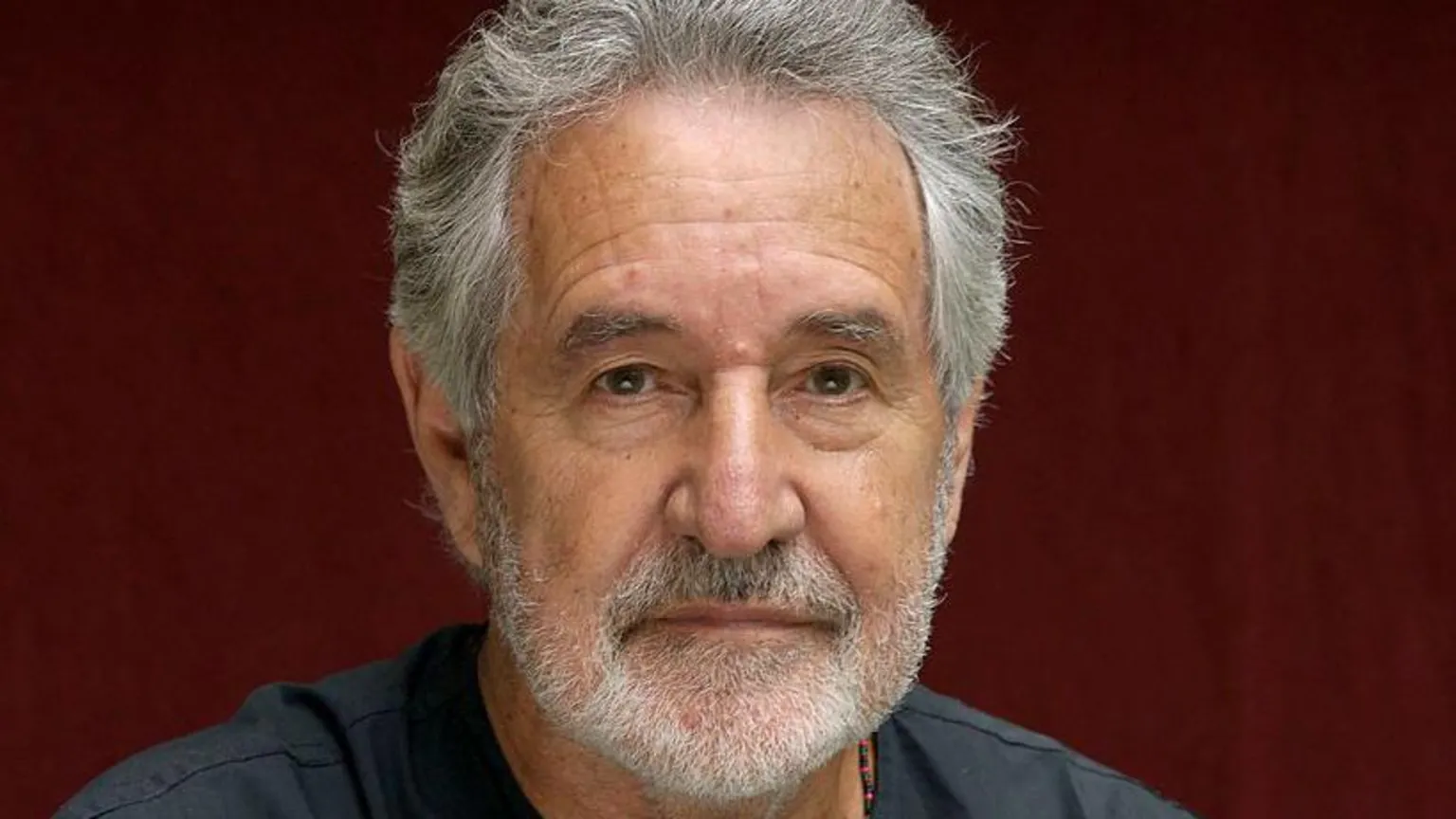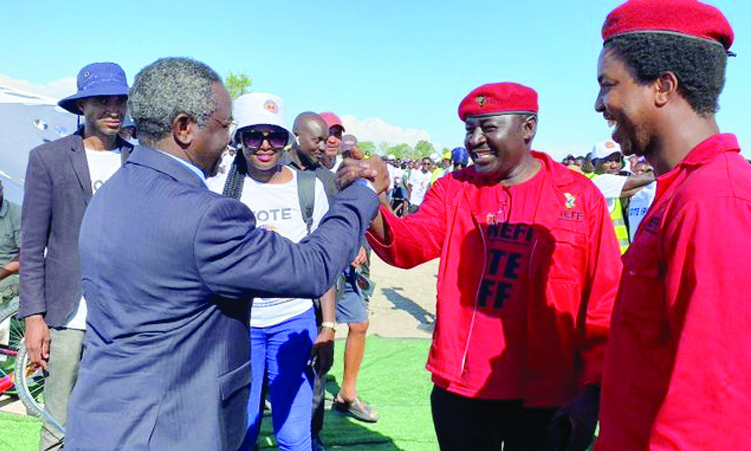Namibia exported 270 000 tonnes of charcoal worth N$1,3 billion in 2023.
This was said by the chairperson of the Namibia Biomass Industry Group (N-BiG), Colin Lindeque, at the 2024 Standard Bank Biomass Fair and Conference.
The event was held at Otjiwarongo from 8 to 10 August, under the theme: ‘Innovating for a Greener Future’.
The annual event brings stakeholders together to exchange best practices and knowledge on bush control and biomass utilisation.
“It has been an incredible year for the sector,” said Lindeque.
He noted that the charcoal industry is diversifying and modernising.
According to a recent media statement from N-BiG, this year’s conference attracted 250 participants from Namibia, the southern Africa region and Europe.
Participants discussed developments ranging from opportunities in international finance, implications of the European Union’s deforestation regulation, advances in environmental monitoring tools and local experiences with biochar.
The conference was followed by an expo from 9 to 10 August, in which 120 exhibitors participated. The exhibitors showcased a wide range of biomass products and cutting-edge technology.
Director of forestry in the Ministry of Environment, Forestry and Tourism Johnson Ndokosho provided insights into the Communal Governance Framework and Forest Management Plan, which will allow recognised community forests to apply for bush harvesting permits.
He said the framework will be launched by the ministry soon.
NamPower project engineer Titus Haihambo updated delegates on the development of the 40MW biomass power plant being built at Tsumeb.
He said as Namibia uses more energy than it generates, the biomass power plant will reduce reliance on imported energy and improve energy security in the country.
The building contract for the N$2,3 billion project has been awarded and commercial operation is planned to commence in 2027, he said.
The power plant will use 180 000 tonnes of encroacher bush per year.
“While four major harvesters have already been contracted for a seven-year supply period, regulations from investors will ensure there is scope for small and medium enterprises and local farmers to engage in harvesting and supply,” he said.
Lindeque added: “While the sector is growing, we have more biomass today than we have ever had before. Nothing we have done so far has decreased the resource.”
With 45 million hectares of savanna bush encroached in Namibia, the annual regrowth rate is still much higher than the utilisation rate, he said.
“We have a lot of work to do,” noted Lindeque. – email: matthew@namibian.com.na
Stay informed with The Namibian – your source for credible journalism. Get in-depth reporting and opinions for
only N$85 a month. Invest in journalism, invest in democracy –
Subscribe Now!






